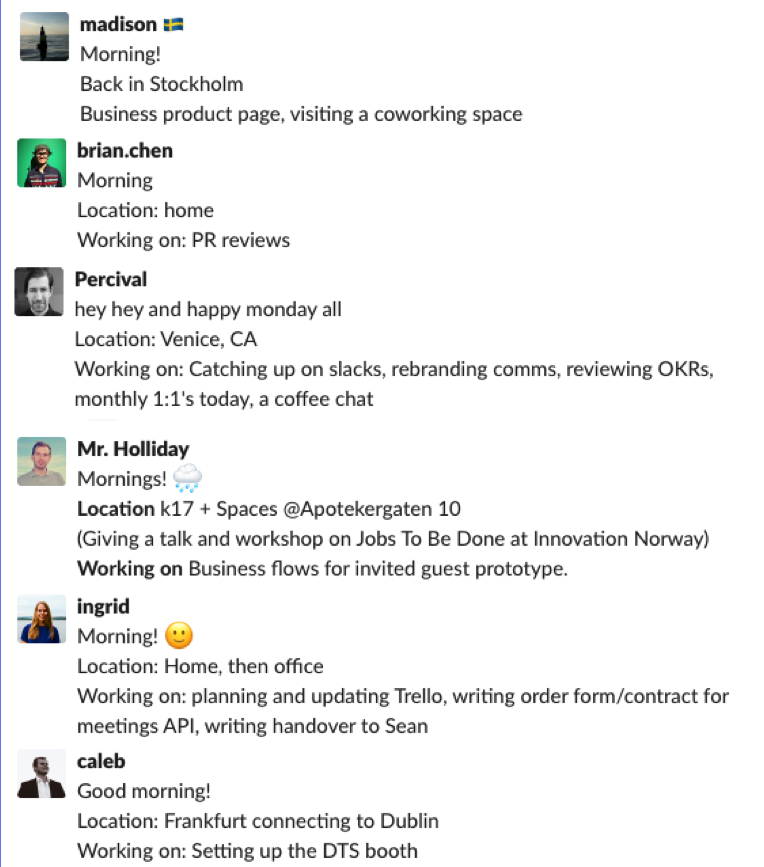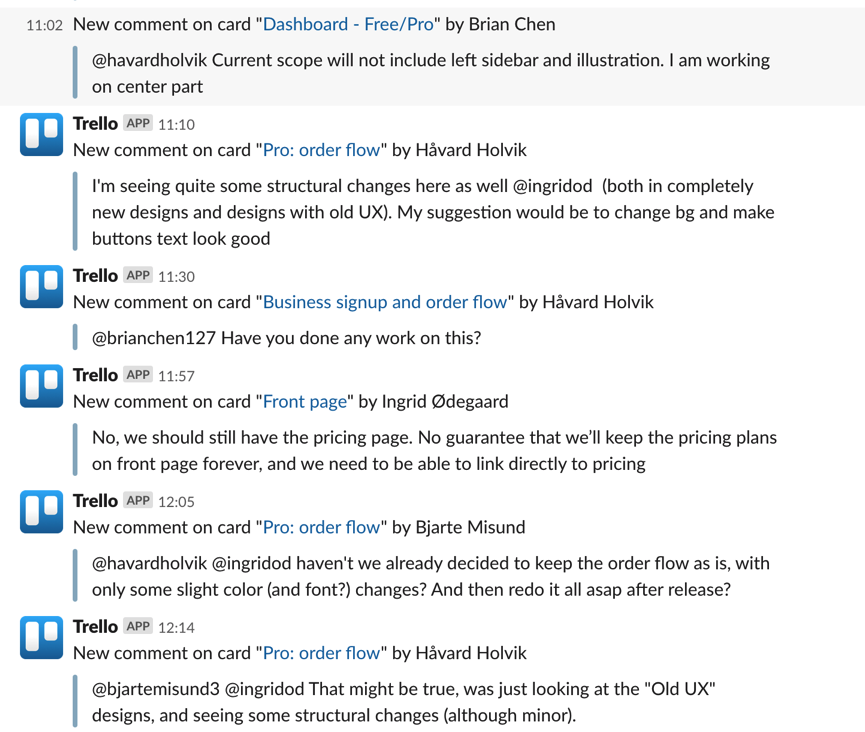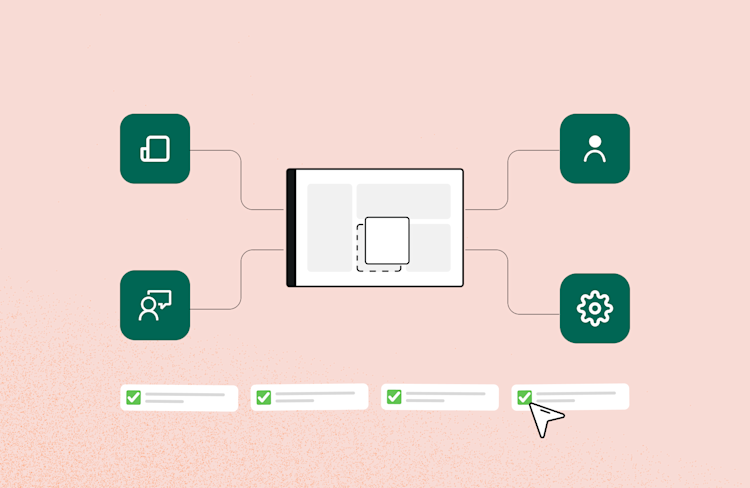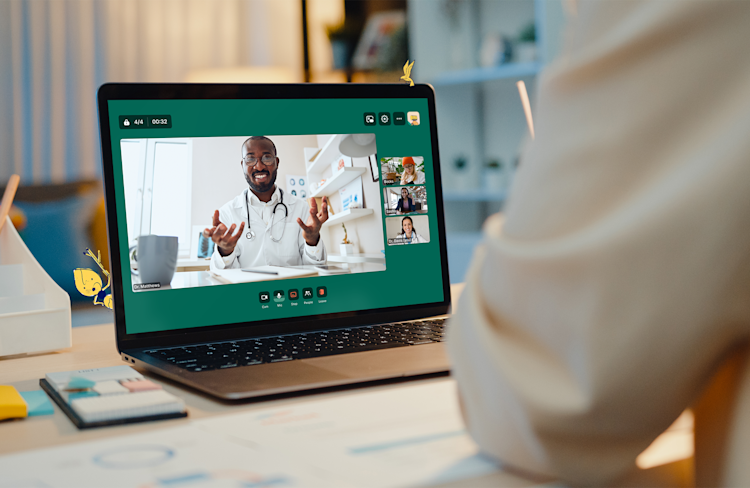Making organizations more resilient
How can organizations continue functioning when force majeure events strike and prevents travel to the office? The ability to work flexibly can help.
2019 was a challenging year when it came travel and commuting. Starting in January 2019, a polar vortex froze the Chicago area, and thousands of flights had to be cancelled. In March, the crash of Ethiopian Air's flight caused hundred of Boeing 787 Max to be grounded. In June forest fires broke out in Australia and ended up raging for months. 2020 doesn’t look much better, with the Corona virus threatening to isolate millions.
Unfortunately, this is now the world that organizations have to operate in. We can no longer rely on being able to meet physically to work together. Here in Norway, we have a lot of weather and several times communities become isolated by avalanches, flooding, icy roads and strong winds. Heavy snow days can park cars, buses and trains. To avoid being paralyzed by events like these, we can prepare, train and be ready when they arrive.
By building the ability to work from anywhere, a team can continue to function when everyone is sitting at home. We in Whereby are spread across 12 locations, and I have gathered our best tips for how to make remote collaboration work well (oh, and I like to recommend great independent software tools):
Have the right tools
Your team needs to have good tools to do a few things:
💬 Chat — enable team members to be in continuous contact, have group discussions and direct chats with each other.
Tools to check out: Slack, Twist
👩💻Video meetings — it must be really easy to jump on a video call to have discussions, clarify things, do a team status update or gather the whole team. You can even set up an open room all day where people can hang out.
Tools to check out: Whereby (of course!)
📑 Documentation/notes— without the ability to have quick discussions and run things by each other in the office, it becomes very important to put things down on paper to make them easy to share. A good wiki is the best!
Tools to check out: Notion, Atlassian Confluence, Basecamp.
✅ Task management — visualizing work is one of the most important things while collaborating remotely. Agreeing what should be done by who, and tracking progress ensures that everyone knows what to do.
Tools to check out: Trello, Asana, monday.com, Basecamp
Overcommunicate!
This is the most important point, and it cannot be stressed enough. When not sitting in the same room, you can not take for granted that information flows to people and that everyone is onboard with what is happening. As a leader, be conscious about what information people need (during a time of crisis they may need more than usual). Set aside time to communicate clearly, e.g. in a company all-hands meeting on video, record the meeting and share it in chat for those who couldn’t join, and post the slides used of a summary of the information shared.
Establish a daily and weekly rhythm
Our team has a routine that we start and end each day with: when each team member logs on in the morning and start working, they “check in” on chat by saying
Good morning!
Location: home office/coffee shop/on the road (where they will be working that day)
Working on: (short summary of what they hope to get done that day)
It tends to look something like this:

To keep your team in sync, it may be a good idea to set up a daily meeting where everyone shares what they did yesterday, what they’ll work on today and whether they need help with anything. Maybe you need a longer planning meeting at the start of the week, or a wrap-up meeting to show and tell what you worked on at the end?
Trust people
When you can’t see people working, you need to trust people to do their job. Most people want to do a good job, and you may be surprised by what can happen when you give people freedom to control their own workday. Different personalities need different environments to be productive and thrive, and taking people out of the office can have interesting results. Maybe creativity flourishes or output increases as people are able to focus and work deeply.
Set clear expectations and agree on deliverables
Trusting people doesn’t mean no accountability. On the contrary, when working distributed it’s even more important to have clear responsibilities and hold each other accountable. Focus on outcomes and results rather than the work activities, and clarify expectations explicitly.
Don’t tolerate ambiguity
If you are uncertain about something, it’s easy to ask for your coworkers opinion over a coffee in the office. When you’re sitting alone, it’s easy to just wait and see or hope it resolves by itself. But this can be costly, or lead to slow decisions or actions taking a long time. If you want to maintain high speed, force yourself to reach out to your team and resolve ambiguities immediately (which is why you need a low threshold video tool!).
Build simple processes and structure information well
When working distributed, it is crucial for productivity that all team members to have access to the information they need to do their job. Agree on how to do things for the most common work processes and write down the process somewhere everyone has access to. Structure information so it’s easy to find, and encourage every to add information in the right place as they work. Define a good process for decision making, and communication of decisions made to those who need to know.
Integrate tools to visualize work that gets done
Modern collaboration tools integrate really well, and allows you to share information between services. E.g. Slack has a lot of apps you can add, to get updates from other services into channels. If you are managing tasks in Trello, you can set it up to post notifications to a specific channel from a specific board, so that people can easily see activity in the board.

Start small and experiment
Don’t worry if you think this is daunting and seems hard. You don’t have to do everything from day one, and just having a bit of knowledge about the challenges you will face when working distributed will go a long way. If your team is normally co-located, you could start with one day a week as recommended “out of office day” where people have to go work somewhere else. Play around with different tools and see how your team responds, maybe you will end up with some new and efficient ways of working that are better also when you’re in an office together!
We’d love to hear about the challenges you face, and how we can develop video meetings in Whereby to help you, so please leave comment.
Ingrid, Co-founder / Chief Product & Technology Officer





